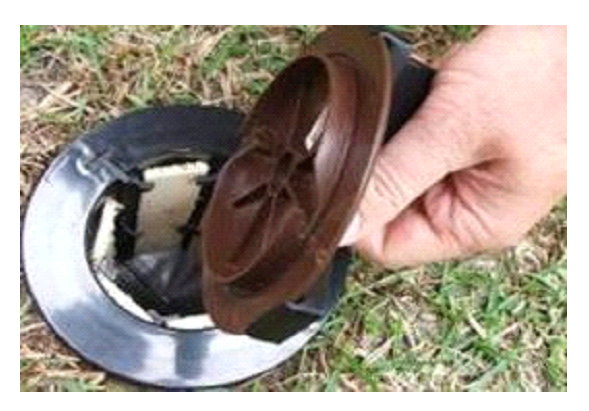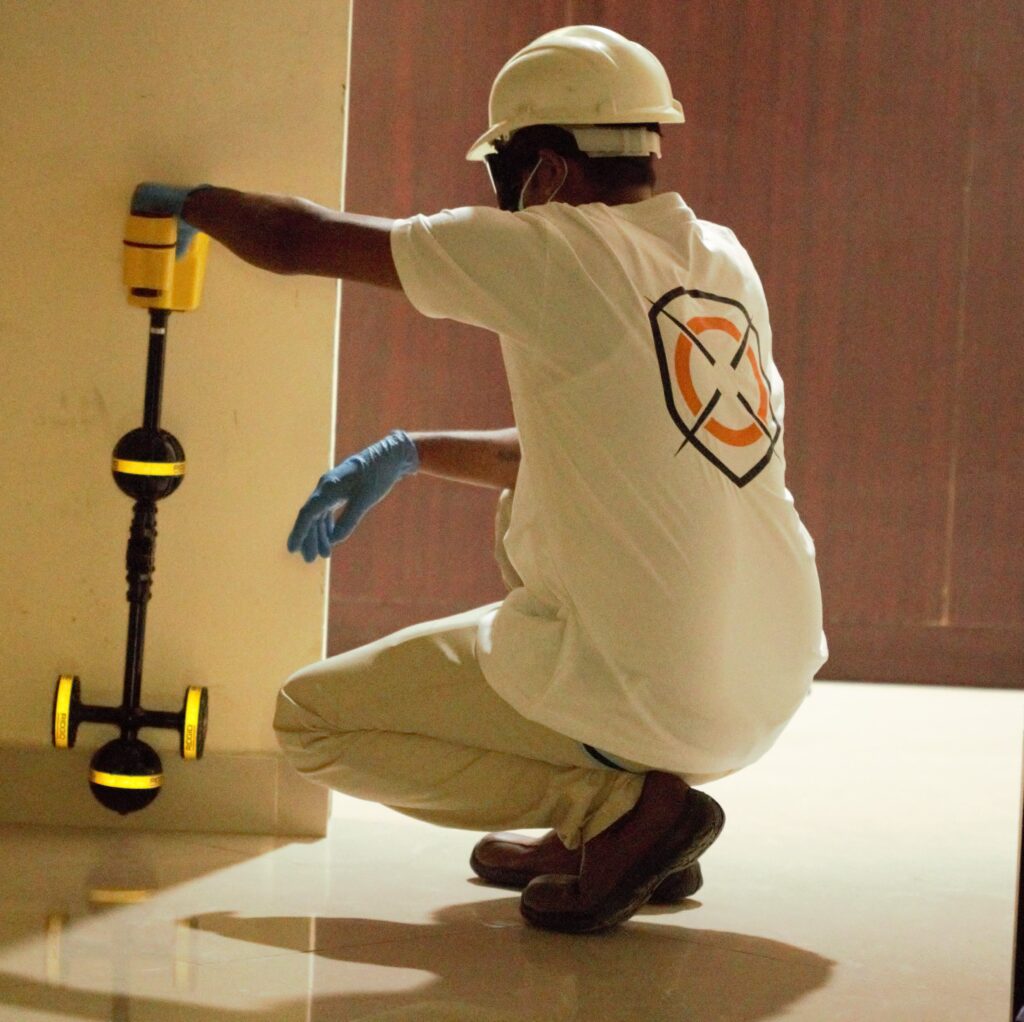
Termite
Termites are the major wood destroying pests in UAE. More time, money, and effort are spent on their prevention and control than all other wood destroying pests combined.
LIFE CYCLE:
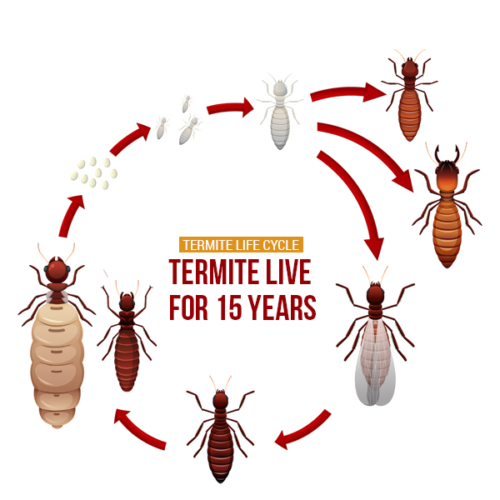
Termites are the major wood destroying pests in UAE. More time, money, and effort are spent on their prevention and control than all other wood destroying pests combined.
SUBTERRANEAN TERMITE CONTROL TECHNIQUES
As technology and building codes change, so do prevention and control measures for subterranean termites. In this section only three basic techniques will be examined to prevent and/or control subterranean termites.
SANITATION: Sanitation is often one of the most overlooked areas of termite control. Areas under or around a structure where excess cellulose debris exists can encourage termite colonization by supplying them with a ready made food source. All scrap wood, form boards, cardboard, buried lumber, tree stumps, roots, and any other cellulose debris above or below ground must be removed from under or around the structure or planned building location.
PROPER CONSTRUCTION: Proper construction techniques must be used to avoid subterranean termite infestations. Improper construction is the largest contributor, not only to subterranean termite infestations, but to all wood destroying pest infestations as a whole
CHEMICAL CONTROLS: Before applying chemicals for the prevention or control of subterranean termites, possible ground water contamination and run-off should be considered. Under no circumstances should soil treatments be made directly over wells
Subterranean Termite Pre-Construction Soil Treatment, “Soil Pretreatment”
The most commonly used method is the placement of a chemical barrier (“termiticide”) between the soil and the new home while the home is being constructed
HORIZONTAL PRETREATMENT
The first is a pretreatment application horizontally over the surface of the soil before a slab foundation is poured. This type of treatment is referred to as a “horizontal” treatment.
Treatment under foundations aims to deliver termiticides on the soil that is under the foundation area and before casting in order to form a termiticide layer for underground protection against termite below the foundation.
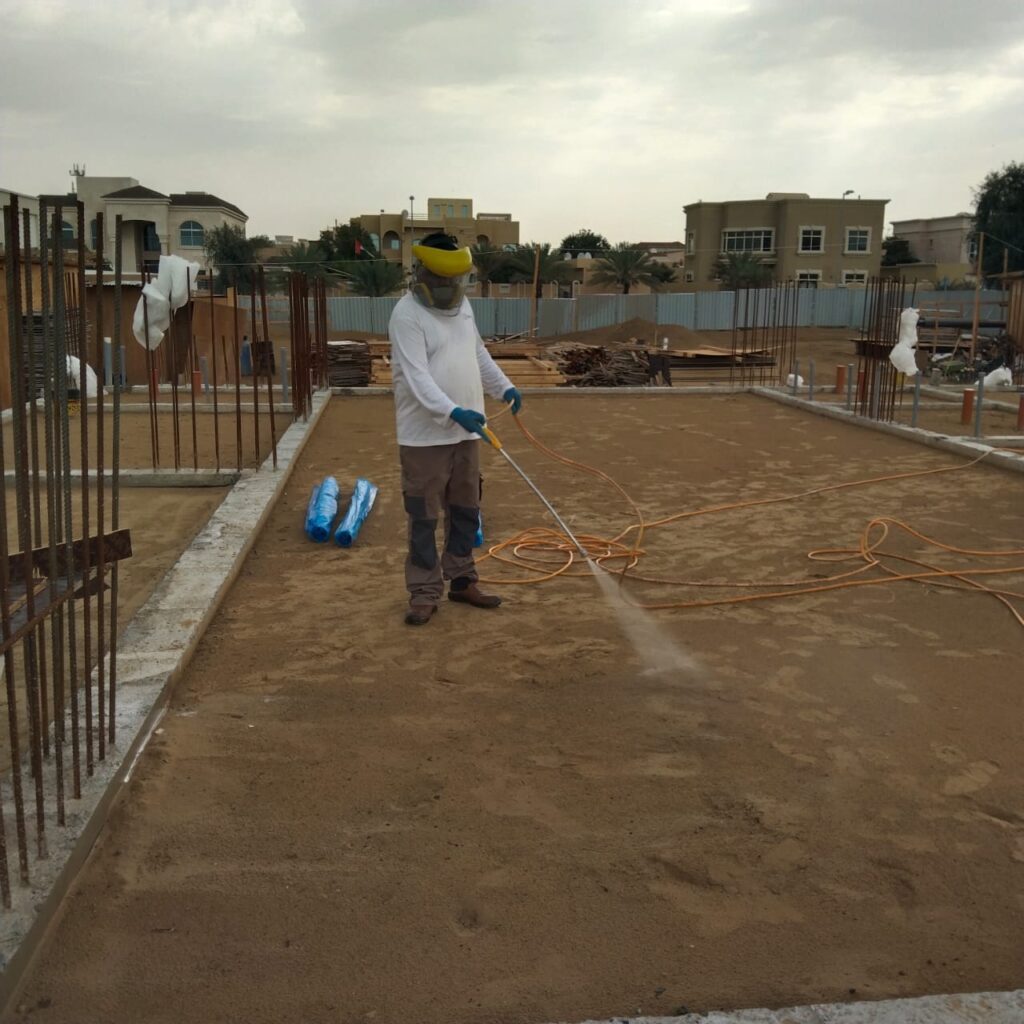
VERTICAL PRETREATMENT
The second type of pretreatment application to the soil involves the application of a termiticide into a trench and/or the “rodding” of the termiticide vertically down into the soil around the foundation (stemwall). This type of treatment is known as a “vertical” treatment.
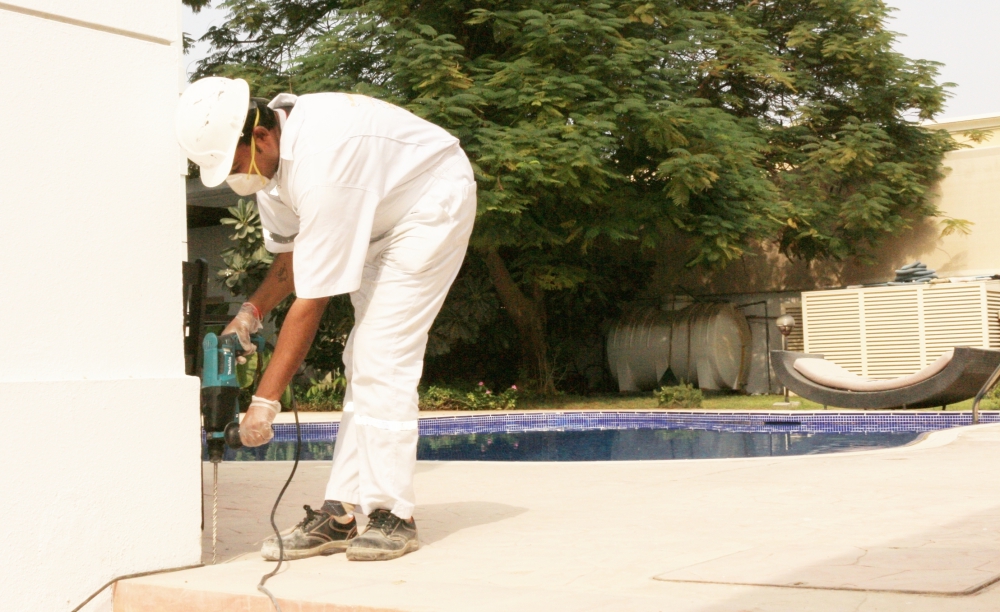
Flow meters are necessary when performing pretreatment application with liquid termiticides. This ensures that the proper volume of use dilution is applied.
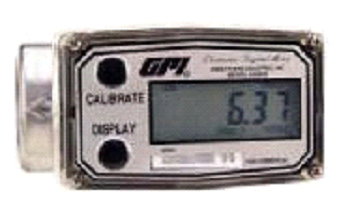
SUBTERRANEAN TERMITE POST CONSTRUCTION SOIL TREATMENTS
Inspection
Inspectors shall inspect the place searching for the spots where termite are existed, they shall look at the places where termite tunnels has stemmed out and the holes where Swarmers came out. Then inspectors shall use termite detector and scan the area around termite tunnels and holes in order to define and confirm the places where termites spot treatment shall take place.
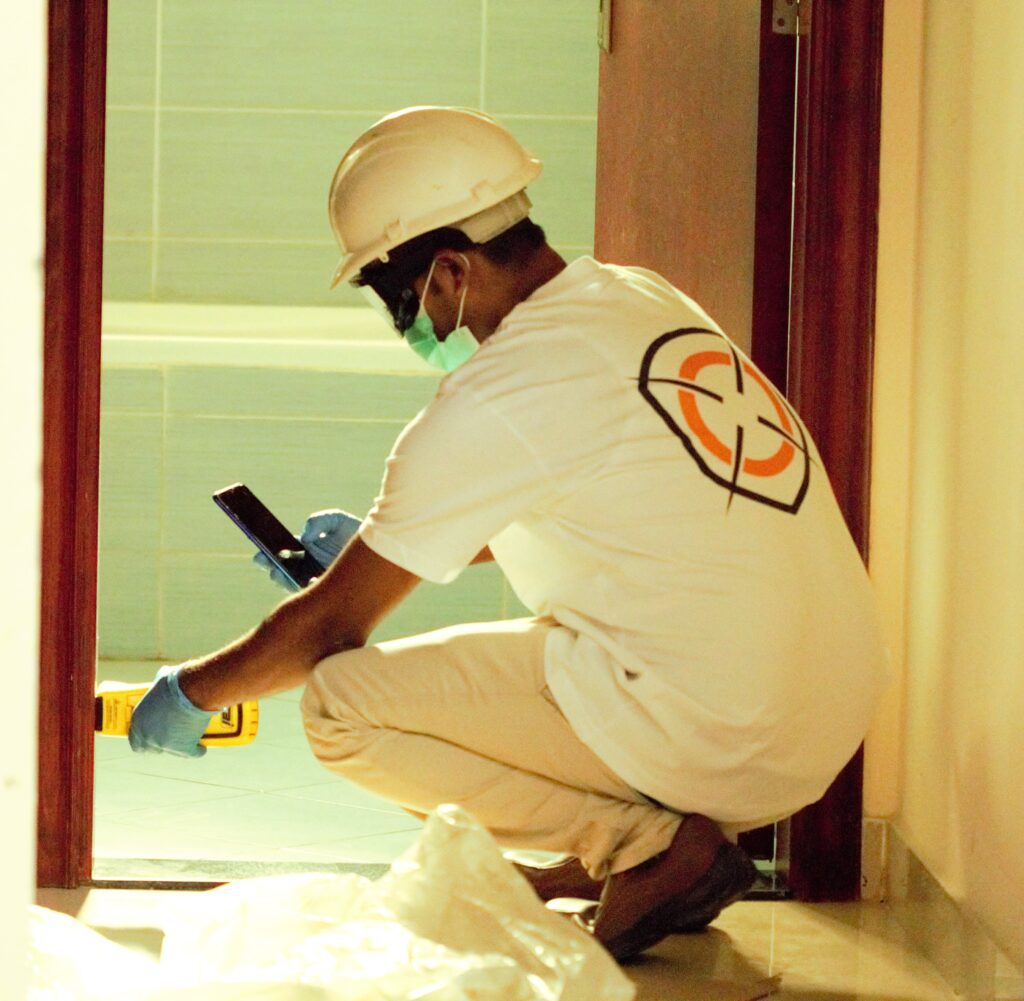
Post -Construction Subterranean Termite Treatments
The hole must be drilled vertically next to termite tunnel base and toward bottom ground with dimeter 1 to 1.5 cm and average depth of 40 cm. the distance between each hole shall be on average of 30 cm
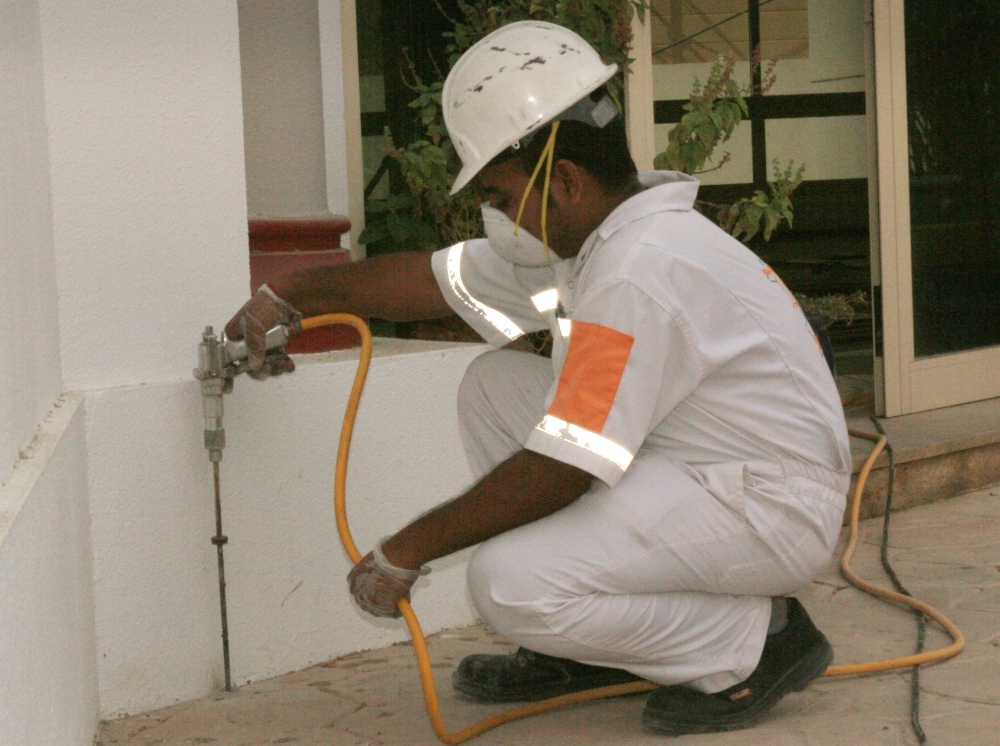
Termiticide rod injector designed to deliver termiticides in high pressure inside holes and spray termiticides horizontally and vertically to ensure full coverage inside the hole and cover the whole zone of spot treatment
operators shall proceed in injecting termiticides inside the holes using rod injector. When termiticides solution is injected inside the holes it will be absorbed by the surrounding soil. Technicians need to fill the hole multiple times to ensure delivering the termiticide solution to the nest and cover all surrounding underground area, so eliminating the existent termite and provide protection for future re-infestation.
BAITS AND MONITORING SYSTEMS
These systems are a recent innovation in termite control. Termiticide baits control termites by eliminating or reducing the size of the termite colony. They do not create a barrier around the structure, as do the liquid insecticides discussed earlier. Presently, termiticide baits are either insect growth regulators (IGRs) or slow acting poisons. The use of termiticide baits can significantly reduce or eliminate the need for a conventional liquid insecticide.
